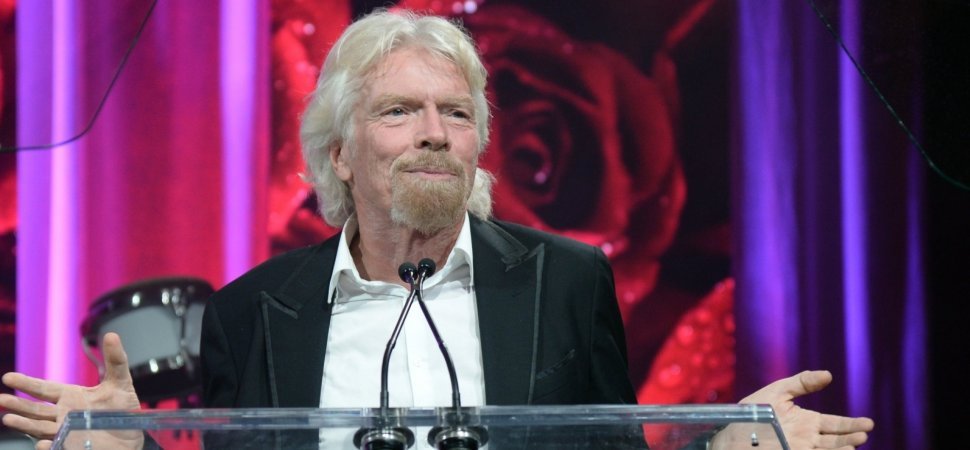
Richard Branson has a nickname among employees at his Virgin empire–“Doctor Yes.” He got that nickname because of how often he says “yes” to things. Saying that one word as often as you can, especially to things that frighten you can make all the difference.
“Even if I have no idea where I’m going or how to get there, I prefer to say yes, instead of no,” Branson writes in a recent blog post. Branson admits that saying yes too often has gotten him into some trouble over the years, which is something of an understatement. For example when he attempted to cross the Pacific in a hot air balloon, a trip he only survived by extraordinary good luck (and he and his co-pilot landed in the Arctic instead of Los Angeles, where they were trying to go).
Last year, Branson says his life literally flashed before his eyes as he flew over the handlebars of his bicycle and crashed faced first into the pavement after hitting a speed bump in the dark going downhill at high speed. That accident was also the result of saying yes to something most people wouldn’t–the Virgin Strive Challenge, a fundraising event in which Branson and a team of athletes were to run, hike, swim, cycle, and row all the way from the base of the Matterhorn to the top of Mount Etna in Italy, under “human power” as he put it. This was the second Virgin Strive Challenge–the first one, in 2014, went from London to the top of the Matterhorn. In spite of his cycling injuries, and chest pains during a swimming portion of the trip that led to heart attack fears, Branson completed the 2016 event as well.
Saying yes rather than no shouldn’t be about taking on more tasks than you can handle, or agreeing to do unpleasant or thankless jobs that you don’t want to do. And it absolutely shouldn’t be about giving your time, attention, money, or anything else to anyone or anything that doesn’t make your life better. But saying yes, even to seemingly simple things can be life-changing, as Shonda Rhimes discovered when she tried it.
In her breathtaking TED Talk, she describes how she decided to spend a year saying yes to things that frightened her. She learned that once she did those things–public speaking, acting, appearing on television–they suddenly weren’t frightening anymore. But then her toddler asked her to play as she was heading out to an event and she decided to say yes to that too. Those fifteen minutes of play, that day and on every other day that she was asked, turned out to be life-changing. Her passion for her work had been fading, but those play breaks brought it back. She was, she says, saying yes to what loved–something we can all do for 15 minutes every day, whether we have a toddler handy or not.
My favorite story on this subject comes from when John Lennon and Yoko Ono met for the first time. She was having an exhibit at a London gallery, and he was invited to preview the exhibit before its official opening. In one of her pieces, you had to climb a ladder and look through a telescope pointed at the ceiling. Lennon climbed up, looked through the telescope, and saw the single word “yes.” If it had said “no” or something negative–which was much more common in those counter-culture days–he would have taken no further interest in her. But that “yes” got his attention.
“Life is a lot more fun when you say yes! It’s amazing how that one little word can lead you on an incredible adventure,” Branson writes. How would saying “yes” more and “no” less change your own life?
